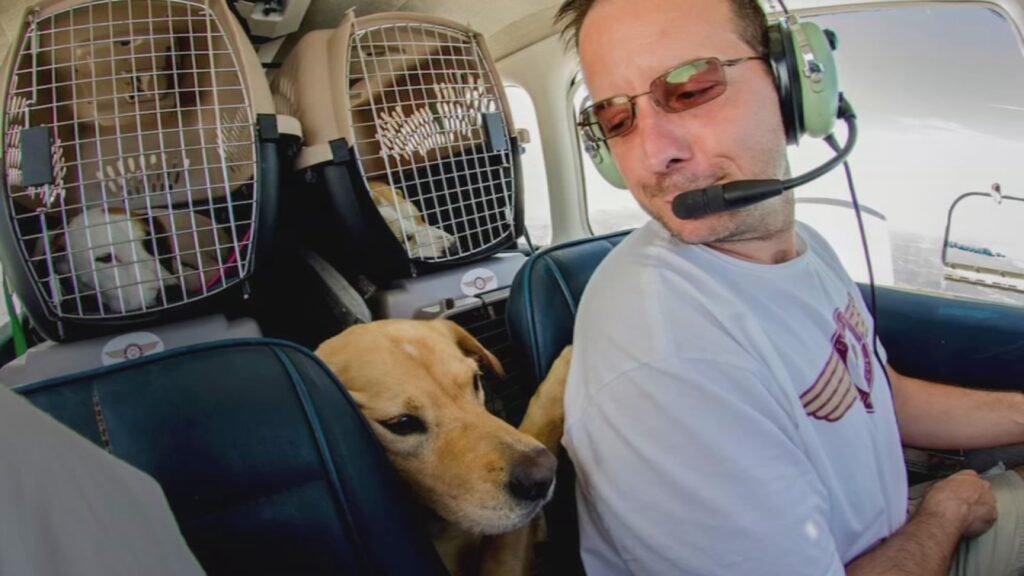Animal fighting, including dog fighting and other forms of organized animal cruelty, has long been a scourge on society. Recent legislative efforts to strengthen laws against these barbaric practices represent significant progress in the fight to protect animals from unnecessary suffering and exploitation. This article delves into the new laws, the horrors of animal fighting, and the broader implications for animal welfare.
The New Legislation Means Stricter Penalties and Broader Scope. In recent years, several states and countries have enacted stricter laws to combat animal fighting. These laws often include harsher penalties for those involved in organizing, participating in, or even attending animal fights. Some of the key features of this new legislation include:
- Increased Penalties: Higher fines and longer prison sentences for those convicted of animal fighting. In some jurisdictions, penalties can now include up to 10 years in prison and fines exceeding $250,000.
- Expanded Definitions: Broadening the definition of animal fighting to include not just dogs, but also other animals such as roosters, bulls, and even exotic animals like bears and tigers.
- Enhanced Enforcement: Providing law enforcement agencies with more resources and authority to investigate and prosecute animal fighting cases. This includes training for officers and the establishment of dedicated animal cruelty units.
- Public Awareness Campaigns: Initiatives to educate the public about the signs of animal fighting and how to report suspected cases. Public awareness is crucial in curbing this illicit activity.
The Horrors of Animal Fighting
Animal fighting is not just a criminal activity; it is a brutal and inhumane practice that causes immense suffering to animals. Here’s a closer look at the horrors involved:
Dog Fighting
In dog fighting, dogs are bred, conditioned, and trained to fight. The fights often result in severe injuries or death for the animals involved. The cruelty begins long before the fight itself:
- Training Regimens: Dogs are often subjected to grueling training regimens that include physical abuse and deprivation of food and water to make them more aggressive.
- Inhumane Conditions: Fighting dogs are usually kept in deplorable conditions, with inadequate shelter, poor nutrition, and minimal veterinary care.
- Fight Night: During a fight, dogs are pitted against each other in a pit or ring. The fights can last for hours, with the dogs tearing into each other until one is too injured to continue or dies.
Cockfighting
Cockfighting involves placing two roosters in a ring to fight until one is incapacitated or killed. The cruelty in cockfighting includes:
- Sharp Implements: Roosters often have sharp blades or spurs attached to their legs to inflict maximum damage on their opponent.
- Pain and Suffering: The fights cause extreme pain and suffering, often leading to severe injuries or death.
- Breeding and Training: Roosters are bred for aggression and trained to fight from a young age, often enduring cruel treatment to make them more ferocious.
Other Forms of Animal Fighting
In addition to dog and cockfighting, other forms of animal fighting exist, including:
- Bullfighting: Bulls are tormented and weakened before being forced to fight.
- Bear and Tiger Baiting: These involve pitting bears or tigers against packs of dogs, often leading to severe injuries or death for the wild animals.
The Impact on Animals and Wildlife
Animal fighting is not only inhumane but also has broader implications for wildlife conservation and public health.
Conservation Concerns
- Wildlife Trafficking: Some forms of animal fighting, such as bear baiting, involve trafficking in endangered species, contributing to the decline of these animals in the wild.
- Biodiversity Loss: The capture and exploitation of wild animals for fighting can disrupt ecosystems and contribute to biodiversity loss.
Public Health Risks
- Disease Transmission: Animal fighting events can be breeding grounds for zoonotic diseases, which can spread from animals to humans. The close contact between animals and unsanitary conditions can facilitate the spread of diseases like rabies and other infections.
- Violence and Crime: Animal fighting is often associated with other criminal activities, including drug trafficking, illegal gambling, and violence. The presence of these activities poses a risk to public safety and community well-being.
The Path Forward: Enforcement and Education
Strengthening laws against animal fighting is a crucial step, but enforcement and education are equally important. Here’s how we can move forward:
Strengthening Enforcement
- Dedicated Units: Establishing specialized animal cruelty units within law enforcement agencies to handle animal fighting cases.
- Interagency Cooperation: Encouraging cooperation between local, state, and federal agencies to tackle animal fighting rings effectively.
- Community Involvement: Empowering communities to report suspected animal fighting activities through anonymous tip lines and reward programs.
Public Education
- Awareness Campaigns: Running campaigns to educate the public about the signs of animal fighting and how to report it. Awareness can lead to more community involvement in preventing these crimes.
- School Programs: Incorporating lessons on animal welfare and the consequences of animal fighting into school curriculums to foster a culture of compassion and responsibility among future generations.
The fight against animal cruelty and organized animal fighting is far from over, but recent legislative efforts represent significant progress. By increasing penalties, expanding definitions, enhancing enforcement, and raising public awareness, we can protect animals from unnecessary suffering and promote a more humane society. The journey towards ending animal fighting requires a collective effort from lawmakers, law enforcement, and the public to ensure that animals are treated with the respect and compassion they deserve.


